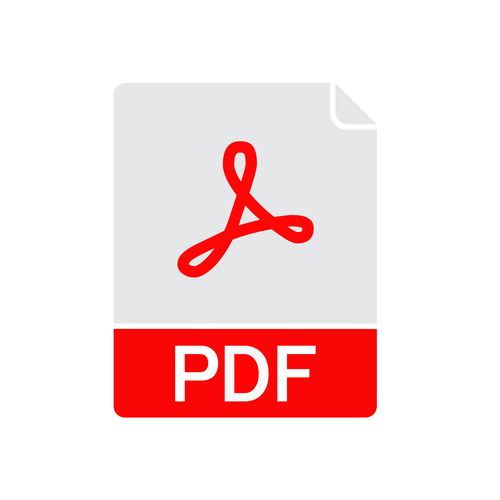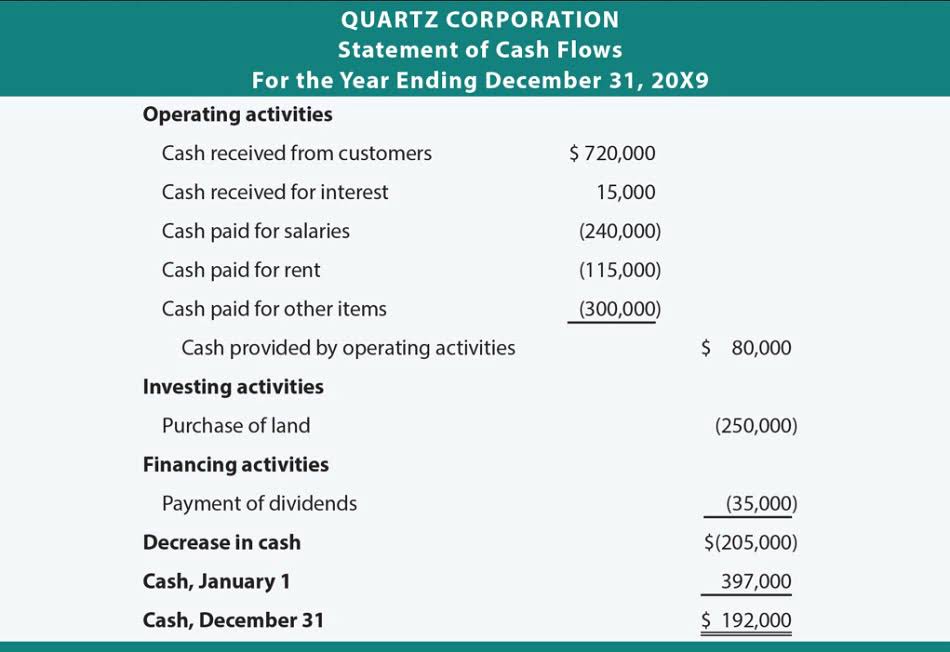
This formula provides a comprehensive view of the various components commonly contributing to total operating expenses. By analyzing each category, businesses can identify areas where costs can be controlled or reduced. It is important to note these categories are illustrative examples and specific operating expenses will vary based on the unique nature and requirements of each organization. Non-operating expenses appear below the operating expenses in your income statement.
Cost of Goods Sold:
- Technology solutions can automate repetitive tasks, minimize errors, and provide valuable data analytics for better decision-making.
- Instead, they are recorded as assets on the balance sheet and gradually expensed over time through depreciation (for tangible assets) or amortization (for intangible assets).
- Similarly, insurance premiums for business liability, property insurance, and workers’ compensation typically involve annual contracts with fixed payment schedules.
- This categorization allows for a thorough analysis of the impact of both types of expenses on the company’s profitability and cash flow.
- For public companies, consistent classification is particularly important for financial reporting.
However, the defining characteristic remains that these costs do not automatically fluctuate with short-term changes in business volume or output. Operating expenses directly affect a company’s financial statements, particularly the income statement. They are subtracted from the revenues to calculate Bookkeeping for Startups the gross profit, providing insights into the business’s profitability.

Relevance and Uses of OPEX

Operating expenses directly affect profitability ratios such as operating profit margin and net profit margin. Efficient management of these expenses can improve profitability and enhance a operational expenses company’s financial stability. It is noteworthy that the same category of an operating expense can be either a fixed cost or a variable cost, depending on the situation. For example, the wage for a full-time office employee is a fixed cost to the company, while the wage for an assembly line factory worker can be identified as a variable cost.
Operating Expenses: A Complete Guide for Businesses

They can be labeled as operating expenses so you need to keep track of them either manually or using automation tools. All you need is ideal expense management software like Moon Invoice to handle the expense tracking process and allow you to what are retained earnings focus on important business activities. It is cloud-enabled software that not only stores unlimited expense reports but also provides easy accessibility. Utilize a free trial to know how it works and achieve your business goals in less time. Insurance – Various types of insurance, such as health, liability, or property insurance, to protect against unexpected risks and financial losses are operating expenses. Staff payroll – Your employee salaries are operating expenses as workers are compensated for their time and effort.

Optimization Strategies for Better Financial Health
Both perspectives offer valuable insights for budgeting, financial analysis, and resource allocation decisions. Unlike other costs to your business, operating expense are necessary to keep your doors open, so knowing and understanding these expenses can help you manage your cash flow. Looking at the relationship between your operating expenses and your gross profit margins, for example, can signal whether you are pricing your goods and services efficiently. You can identify your operating expenses in several ways, such as by using software, by working with a professional, or by listing them with a pen and paper.
- Operating expenses, also referred to as operating costs or OpEx, represent the costs incurred during day-to-day business operations.
- Non-operating expenses impact the net profit margin, reduce ROA (return on assets), and can impact debt-related ratios, which can indicate higher financial risk.
- Understanding the various types of operating expenses is crucial for effective business management.
- Whether you need to file taxes or receive tax consultation, our platform can help.
- Other costs that are not directly linked to the production process such as marketing costs and bakery rent are indirect operational expenses.
- By keeping non-operating expenses separate, you get a more precise view of how efficiently the company runs its core operations.
No matter the industry, OpEx captures the costs that keep the business moving from one month to the next. Cost of Goods Sold refers to costs directly related to the production of your goods or service, including raw materials and labor costs. However, the amount you invest in capital assets, like plant and machinery, needs to be capitalized, meaning you need to write off such expenses over a period of time. Fixed costs do not change when the output of goods or services changes, meaning these costs remain constant with an increase or decrease in the volume of output. For example, after running a spend analysis, you might identify that multiple departments are using different project management solutions from different suppliers. This is not an offer to, or implied offer, or a solicitation to, buy or sell any securities.
